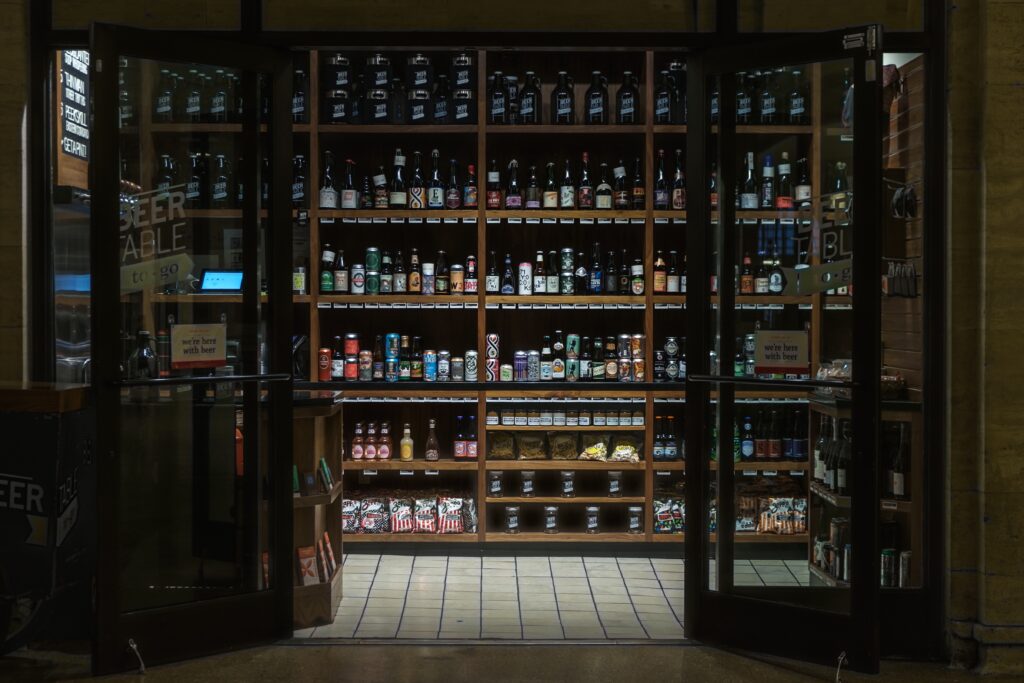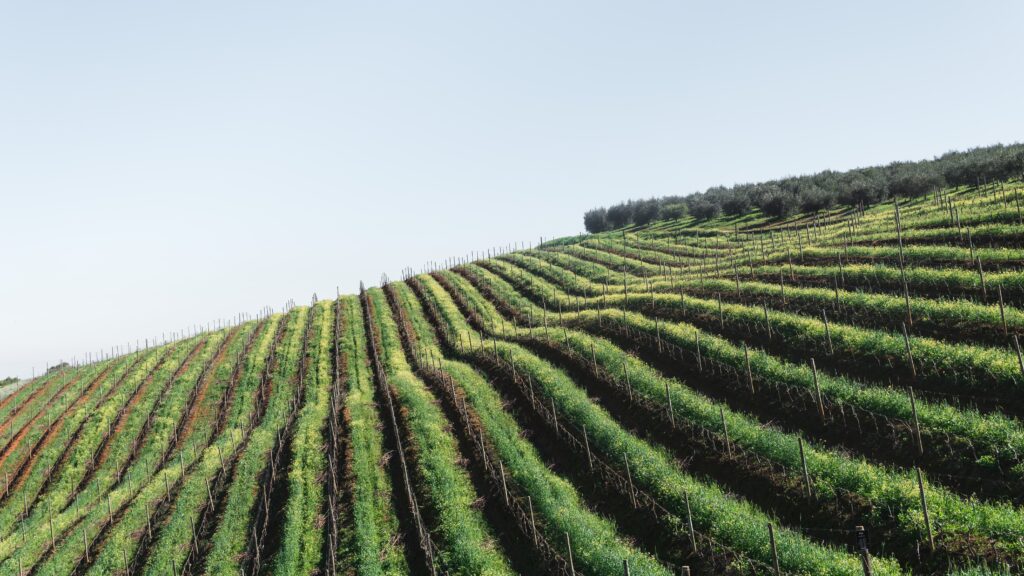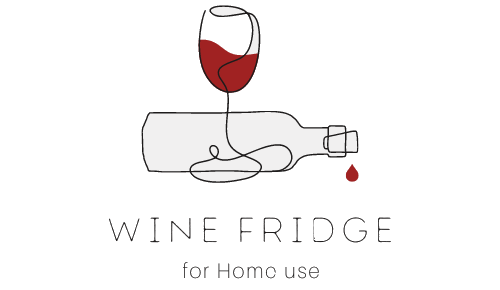Imagine this scenario: you just invested in a sleek wine fridge to store your beloved collection of wines. But as you take your first sip from a bottle that has been carefully preserved within, you notice something is off. The well-known aroma, the essence that makes wine so enjoyable, seems to have vanished. Could it be possible that your wine fridge is responsible for this loss of aroma? In this article, we will explore the intriguing question of whether a wine fridge can indeed cause wine to lose its delightful scent. Get ready to uncover the truth behind this fascinating conundrum.

Understanding Wine Aromas
The importance of wine aroma
When it comes to enjoying a glass of wine, aroma plays a crucial role in enhancing the overall experience. The aroma of wine consists of a variety of complex scents that can evoke memories, stimulate the senses, and provide valuable information about the wine’s quality and characteristics. By understanding and appreciating wine aromas, you can truly elevate your wine tasting experience and gain a deeper understanding of the wine you are consuming.
Factors affecting wine aroma
Several factors influence the aromas in wine, and it’s important to be aware of them to fully appreciate and analyze the scents present. One of the primary factors is the grape variety used to produce the wine. Different grape varieties have distinct aromatic profiles, ranging from citrus and floral notes to earthy and spicy scents.
Another factor that affects wine aroma is the winemaking process. Factors such as fermentation temperature, aging in oak barrels, and the addition of certain yeast strains can significantly impact the aromatic characteristics of the final product.
Lastly, external factors such as the climate and soil in which the grapes are grown can contribute to the wine’s aroma. For example, wines produced in cooler climates tend to have higher acidity and more delicate aromas, while wines from warmer regions may exhibit riper fruit flavors and richer aromas.
How aroma develops in wine
The development of aroma in wine is a complex process that begins in the vineyard and continues throughout winemaking and aging. During the growing season, the grapes accumulate compounds known as aromatic precursors. These compounds are not volatile and do not contribute directly to the wine’s aroma. However, during fermentation, these precursors are transformed by yeasts and enzymes into the aromatic compounds responsible for the wine’s scents.
As the wine ages, the aroma continues to evolve. Some aromas become more pronounced, while others may fade away. This aging process can occur both in the bottle and in the cellar. Proper storage conditions are crucial to preserving and enhancing the wine’s aroma over time.
Wine Storage Basics
Ideal conditions for wine storage
To keep your wines in optimal condition, it’s essential to store them in the right environment. The ideal conditions for wine storage include a consistent temperature, moderate humidity levels, minimal exposure to light, and protection from vibration.
Effect of temperature on wine
Temperature is one of the most critical factors in wine storage. Fluctuations in temperature can have a detrimental impact on the wine’s quality and aroma. Ideally, wines should be stored at a constant temperature between 50 and 59 degrees Fahrenheit (10 to 15 degrees Celsius). Higher temperatures can accelerate the aging process and cause the wine to spoil, while lower temperatures can slow down the development of flavor and aroma.
Role of humidity in preserving wine aroma
Humidity levels also play a crucial role in wine storage. The recommended humidity range for wine is between 50% and 80%. Maintaining adequate humidity prevents the corks from drying out, which can lead to oxidation and spoilage. On the other hand, excessive humidity can promote the growth of mold and mildew, damaging the wine labels and potentially affecting the aroma.

Wine Fridge Essentials
Parts of a wine fridge
A wine fridge, also known as a wine cooler or cellar, is specifically designed to store and preserve wines at the optimal conditions. Understanding the different parts of a wine fridge can help you make an informed decision when selecting the right one for your needs.
- Temperature Control: The temperature control mechanism allows you to set and maintain the desired temperature for your wines.
- Humidity Control: Some wine fridges come with humidity control features to regulate the moisture levels inside the fridge.
- Shelving: Wine fridges typically have removable shelves to accommodate bottles of different sizes and shapes.
- Door: The door of a wine fridge is often made of insulated glass to provide visibility while protecting the wine from harmful light exposure.
- Insulation: Quality insulation helps maintain a consistent internal temperature and protects the wines from external temperature fluctuations.
- Compressor: The compressor is responsible for cooling down the air inside the wine fridge to the desired temperature.
Different types of wine fridges
There are various types of wine fridges available on the market, each with its own set of features and capacities. Some common types include:
- Single-Zone Wine Fridges: These fridges have a single temperature zone, meaning all the wines stored inside will be exposed to the same temperature.
- Dual-Zone Wine Fridges: Dual-zone fridges have separate compartments with individual temperature controls, allowing you to store various types of wine at their respective ideal temperatures.
- Built-in Wine Fridges: Built-in fridges are designed to be integrated into cabinetry or countertops, providing a seamless look in your kitchen or wine cellar.
- Freestanding Wine Fridges: Freestanding fridges are stand-alone units that can be placed anywhere in your home, providing flexibility and convenience.
Choosing the right wine fridge
When selecting a wine fridge, there are a few factors to consider to ensure you choose the right one for your specific needs. Firstly, determine the number of bottles you plan to store, as this will determine the size and capacity of the fridge. Additionally, consider the temperature range, humidity control options, noise levels, and energy efficiency of the fridge. It’s also important to set a budget and compare different models and brands to find the best value for your money.
How Wine Fridges Operate
The cooling process
Wine fridges use a compressor-based cooling system similar to that of a traditional refrigerator. The compressor circulates refrigerant through coils, which absorb heat from inside the fridge. As the refrigerant expands and evaporates, it removes heat and lowers the temperature inside the fridge. The cooled air is then distributed evenly throughout the fridge to maintain a consistent temperature.
Humidity control within the fridge
Some wine fridges come equipped with humidity control features to maintain optimal moisture levels. These features typically involve the use of a moisture tray or a humidifier that releases a small amount of moisture into the fridge. This helps prevent the corks from drying out and maintains the ideal humidity range for wine storage.
How a wine fridge preserves wine
By maintaining a stable temperature and humidity, a wine fridge helps preserve the wine’s aroma and flavor characteristics. The consistent temperature prevents excessive heat or cold from negatively impacting the wine, while the controlled humidity levels prevent the corks from drying out or becoming too moist. This ensures that the wine ages gracefully and retains its desired qualities over time.

Possible Risks of Using a Wine Fridge
Excessive or insufficient cooling
While wine fridges are designed to provide the ideal storage conditions, there is a risk of temperature fluctuations if the fridge is not properly maintained or if there is a malfunction. Excessive cooling can freeze the wine, affecting its flavor and potentially causing the bottle to burst. On the other hand, insufficient cooling can lead to the wine spoiling or developing off flavors.
Possible effect of vibrations
Another potential risk of using a wine fridge is the presence of vibrations. Vibrations can disturb the sediments in the wine, which may result in a gritty or unpleasant texture. While modern wine fridges are designed to minimize vibrations, it’s crucial to choose a model with vibration-dampening features or place the fridge in a stable location to reduce this risk.
Risk of humidity mishaps
Improper humidity control in a wine fridge can lead to various issues. Excessive humidity can promote mold growth and damage the wine labels, while low humidity can cause the corks to dry out and result in oxidation. Regularly monitoring the humidity levels and using additional humidification devices when necessary can help mitigate these risks.
Impact of a Wine Fridge on Wine Aroma
Findings from studies on wine fridges and aroma
Numerous studies have been conducted to understand the impact of wine fridges on wine aromas. One study published in the Journal of Wine Research found that storing wine in a wine fridge significantly preserved the volatile aroma compounds, leading to more intense and complex aromas compared to wines stored in suboptimal conditions.
Testimonies from wine experts
Wine experts and sommeliers often recommend using a wine fridge for long-term storage to preserve the aromas. They have observed that wines stored in a controlled environment maintain their fruitiness, floral notes, and overall aromatic complexity better than those stored in less favorable conditions.
Analyzing the science behind aroma preservation
The science behind aroma preservation lies in the stability of temperature and humidity provided by wine fridges. The controlled environment minimizes the oxidation processes that can negatively impact the wine’s aroma. By minimizing temperature fluctuations, limiting light exposure, and maintaining the ideal humidity, a wine fridge helps to preserve the delicate aromatic compounds that give wine its unique and enjoyable scents.
Common Myths about Wine Fridges and Aroma
Dispelling misconceptions
There are several misconceptions surrounding wine fridges and their impact on wine aroma. One common myth is that wine fridges eliminate all aromas and flavors from the wine. However, this is not the case. Wine fridges aim to preserve and enhance the wine’s natural aromas, rather than eliminating them.
Validating factual information
Scientific research and empirical evidence validate the benefits of using a wine fridge for storing wine. The controlled temperature, humidity, and protection from external factors help maintain the wine’s aroma and flavor characteristics, ensuring a more enjoyable tasting experience.
Separating fact from fiction
It’s important to separate fact from fiction when considering the impact of a wine fridge on wine aroma. While there may be some risks associated with improper maintenance or malfunctions, a well-maintained wine fridge provides optimal conditions for wine storage, allowing the aromas to develop and be enjoyed to their fullest potential.
Making the Right Choice for Wine Storage
Understanding your wine storage needs
When deciding on the best storage option for your wine collection, it’s important to consider your specific needs. Assess the number of bottles you intend to store, the available space in your home, and your budget. If you have a modest collection and limited space, a smaller wine fridge may be the ideal choice. However, if you have a larger collection or want to create a dedicated cellar, you may want to explore other storage options such as wine cabinets or professional wine cellars.
Weighing the pros and cons of a wine fridge
A wine fridge offers numerous benefits, including precise temperature control, humidity regulation, and protection from light and vibrations. However, it’s crucial to consider the potential risks and drawbacks, such as maintenance requirements and the initial investment. Weighing the pros and cons can help you determine whether a wine fridge is the right choice for your wine storage needs.
Considering other wine storage options
While a wine fridge is an excellent option for many wine enthusiasts, it’s not the only solution. Depending on your space, budget, and preferences, other storage options may be worth considering. Wine cabinets, underground cellars, or temperature-controlled wine rooms are alternative choices that can provide similar benefits to a wine fridge. It’s essential to research and compare different options to find the best fit for your unique circumstances.
In conclusion, understanding wine aromas and the role they play in the overall wine tasting experience is crucial for every wine lover. By learning about the factors influencing wine aroma, the basics of wine storage, the essentials of a wine fridge, and how wine fridges operate, you can make an informed decision about the best storage option for your wine collection. While there are potential risks and misconceptions, well-maintained wine fridges have been proven to preserve and enhance wine aromas. Whether you choose a wine fridge or explore other storage alternatives, prioritizing the preservation of aroma is a key aspect of enjoying and appreciating wine to its fullest potential.
